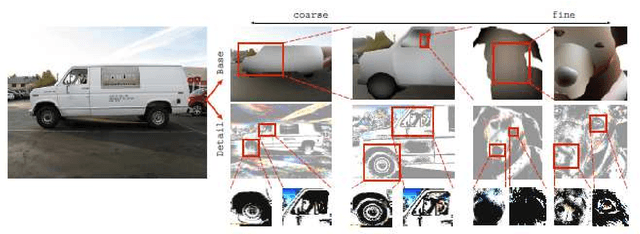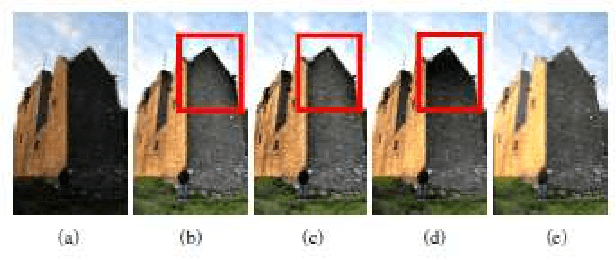Ground-truth dataset and baseline evaluations for image base-detail separation algorithms
Paper and Code
Feb 18, 2016



Base-detail separation is a fundamental computer vision problem consisting of modeling a smooth base layer with the coarse structures, and a detail layer containing the texture-like structures. One of the challenges of estimating the base is to preserve sharp boundaries between objects or parts to avoid halo artifacts. Many methods have been proposed to address this problem, but there is no ground-truth dataset of real images for quantitative evaluation. We proposed a procedure to construct such a dataset, and provide two datasets: Pascal Base-Detail and Fashionista Base-Detail, containing 1000 and 250 images, respectively. Our assumption is that the base is piecewise smooth and we label the appearance of each piece by a polynomial model. The pieces are objects and parts of objects, obtained from human annotations. Finally, we proposed a way to evaluate methods with our base-detail ground-truth and we compared the performances of seven state-of-the-art algorithms.
 Add to Chrome
Add to Chrome Add to Firefox
Add to Firefox Add to Edge
Add to Edge